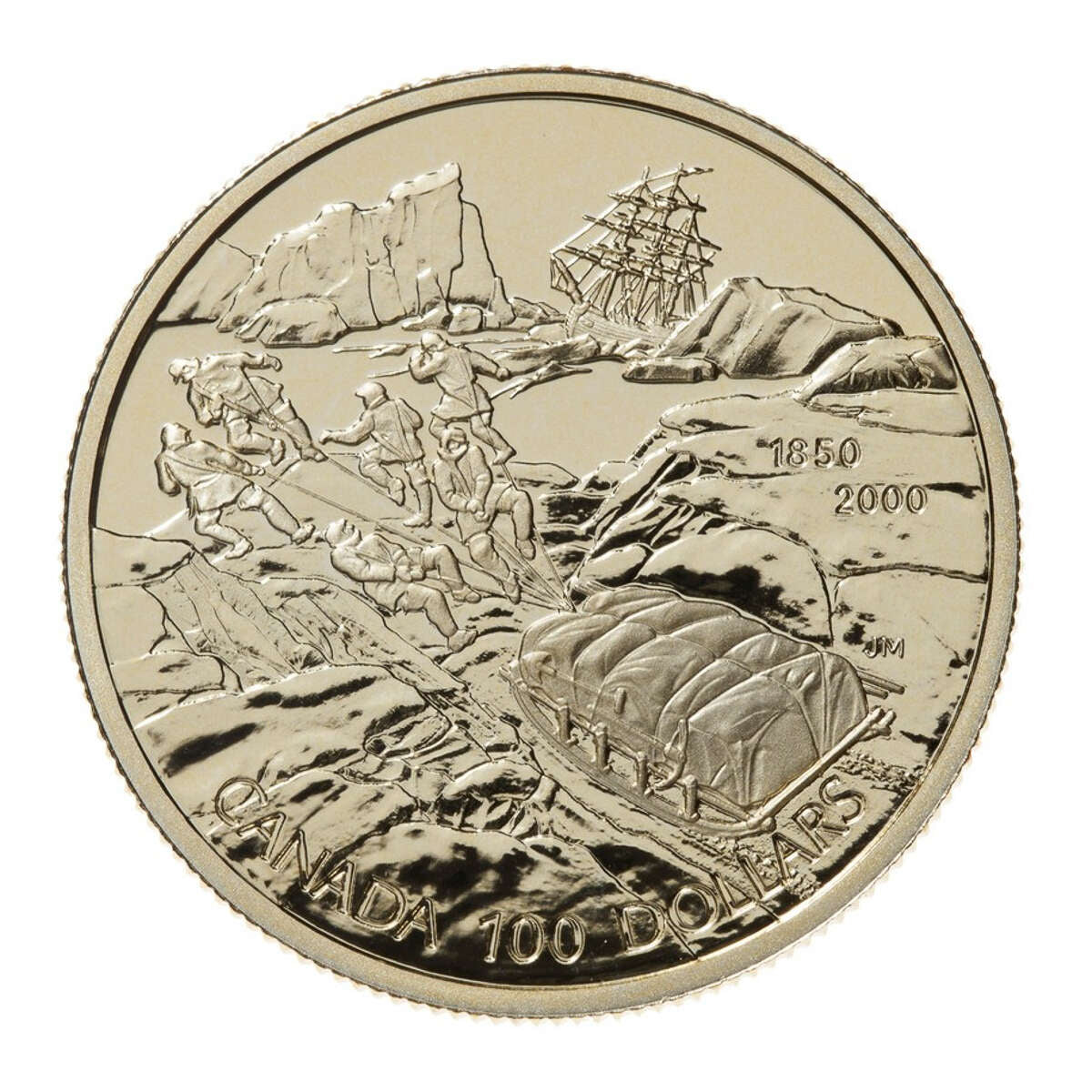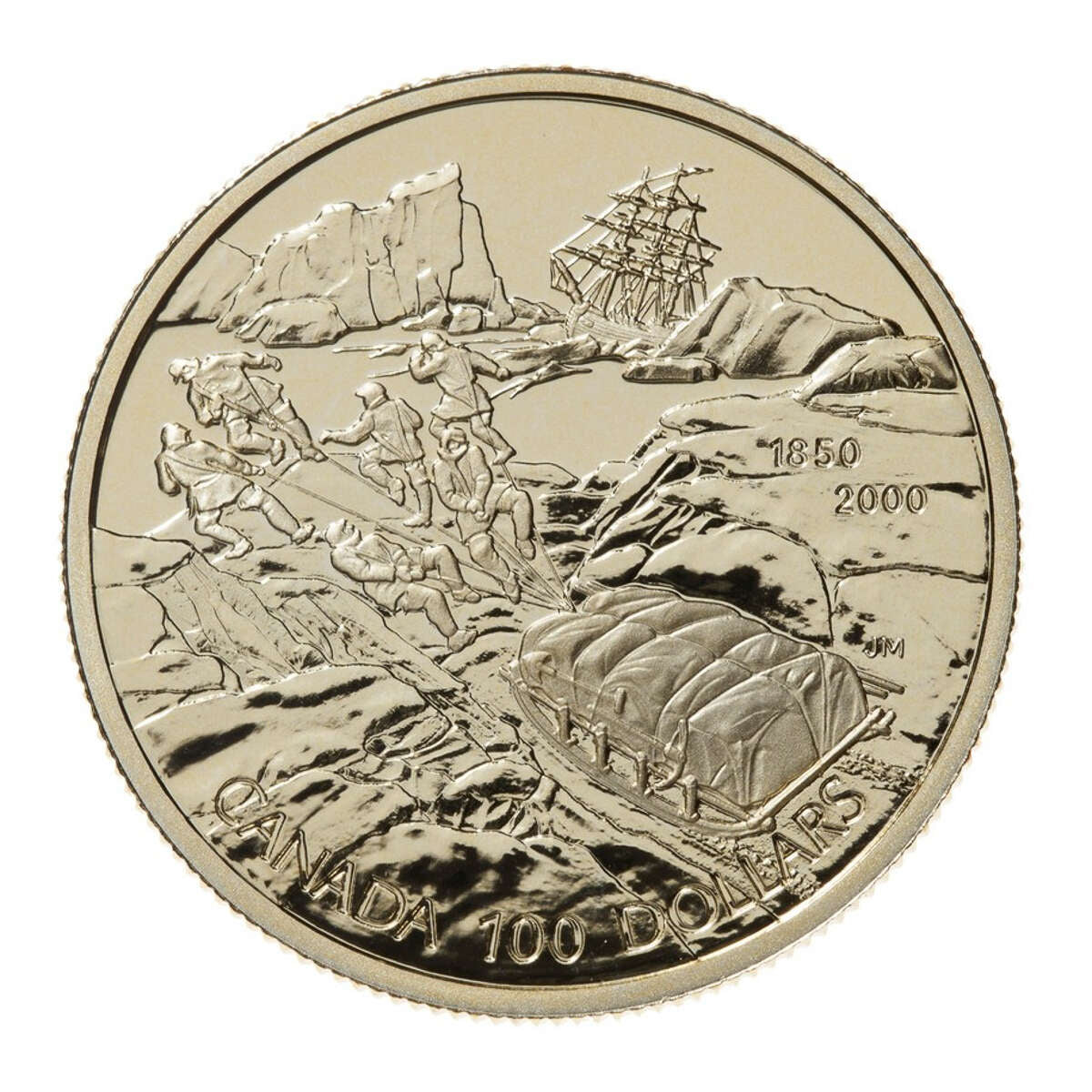Description
For hundreds of years, the prospect of a northern trade route to Asia lured many European explorers to the Arctic. By the 19th century, this potential sea route had lost its commercial value, but Britain remained determined to prove its existence. In 1845, Sir John Franklin set sail for the Northwest Passage - a fateful voyage that prompted dozens of search-and-rescue expeditions between 1848 and 1857.
The 1850 rescue attempt of Robert McClure proved to be pivotal. While McClure failed to locate Franklin, he and his crew did succeed in unlocking the final link of the Northwest Passage by sledge. However, with his own ship permanently ice-bound, McClure's expedition seemed consigned to ruin until Captain Henry Kellett came to the rescue in April of 1853.
Franklin was forever lost to the Arctic. However, his disappearance fueled most of the British expeditions that took place during that time. Today, 150 years later, much of what is known about this Arctic region can be attributed to the efforts to rescue Franklin from one of the harshest environments in the world.








